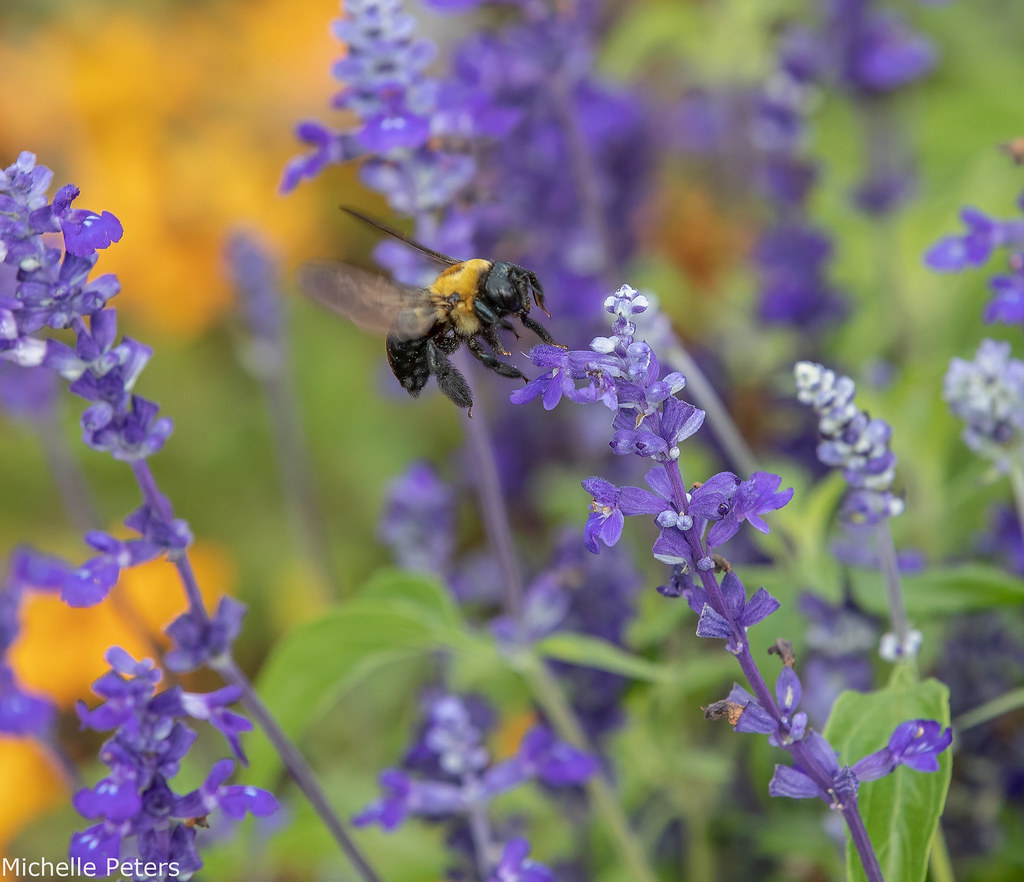Support Healthy Habitats for Pollinators
June 19th-June 25th is Pollinator Week, an annual celebration of pollinator health as well as a time to raise awareness about the vital – though often unseen – role pollinators play in our environment and what we can do to protect them. Pollinator Week is an initiative of Pollinator Partnership, a non-profit dedicated exclusively to the protection and promotion of pollinators and their ecosystems. This year’s focus is all about emphasizing the connections between climate and pollinators.
The Importance of Pollinators

Pollinators include species of birds, bats, and small mammals as well as many types of insects such as flies, beetles, wasps, ants, butterflies, moths, and bees. And these pollinators are often keystone species, meaning that they are critical to an ecosystem. They help ensure full harvests of crops and contribute to healthy plants everywhere.
More than 75% of all flowering plant species need the help of animals to move their heavy pollen grains from plant to plant for fertilization. Many types of plants, animals and other organisms depend on the pollinators or the flowering plants that they pollinate, and humans rely on thousands of different flowering plants for food, beverages, fibers, spices, and medicines. Moreover, about 35% of the world’s food crops depend on animal pollinators. They pollinate crops like apples, bananas, blueberries, strawberries, melon, peaches, potatoes, vanilla, almonds, coffee and chocolate as well as many others!
In short, a healthy population of pollinators improves the health of all plants, supports all wildlife and human beings, and supplies us with food, habitat, and a livable planet.
Pollinator Populations
The changing climate is affecting pollinators, and pollinator populations are in decline as they face threats such as habitat loss, pollution, pesticide and herbicide use, invasive species, disease, and unpredictable weather. However, there are many organizations and individuals working to support healthy pollinator habitats. This is so important, especially as the conservation of these crucial species can help combat climate change by supporting healthy ecosystems, air, soil, water, and plants!

Plant for Pollinators
In 2019, the Cincinnati Zoo & Botanical Garden launched the Plant for Pollinators (P4P) initiative, with goals of increasing pollinator habitat and helping to build a better home for wildlife. Through P4P, the Zoo encourages people to plant pollinator gardens and tracks the expansion of pollinator habitat across the region and country. Since its inception, over 3,000 gardens have been registered!
In addition to supporting pollinators, growing pollinator-friendly plants is a great way to build a better home for other kinds of wildlife as well. The plants themselves provide a safe place for animals to live and hide from predators, and can be a food source for many reptiles, birds, and mammals, while many others rely heavily on pollinating insects as a primary food source.
Participate!
People can participate in Plant for Pollinators by planting at least one nectar and one host plant. Host plants are necessary for butterflies to lay their eggs on and are food for caterpillars. Nectar plants are flowering plants that act as a food source for pollinators. Whether it be in pots, a home garden, or a local community greenspace, planting for pollinators supports a collective community effort to increase pollinator habitat and promote pollinator health. Visit the Zoo’s resource page to learn more about what to plant.

If gardening just isn’t a fit, or if you’re looking for further ways to take action, there are plenty of additional ways you can help support pollinators:
- Let lawns live! Take time off from mowing the lawn and avoid the use of harsh chemicals like herbicides and pesticides as these can harm pollinators and their habitats. Allow clovers or violets to bloom – pollinators love those beautiful little plants.
- Provide water sources like a bird bath and add stones which can provide a safe landing zone.
- Offer basking spots for butterflies like large, flat stones placed in sunny areas.
- Participate in community science efforts by using platforms like iNaturalist to track common pollinators in your area.
Spread the word! Tell your family and friends about the P4P challenge and share the love for pollinators and all they do to support healthy ecosystems.
Simple Truth is our Plant for Pollinators Partner.


